Canon Makes Great Cameras But Need More Innovation
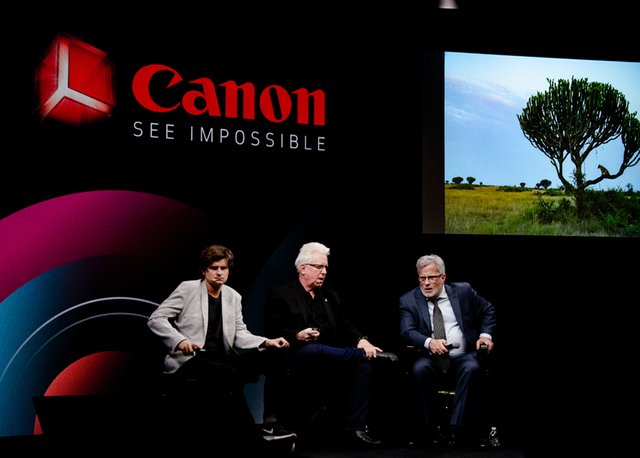
Are Canon DSLR cameras still relevant in photography? In the age of social media and photo sharing, the new choice for consumers is the smartphone camera. It is an easy decision to make because most apps run on smartphones and they also have a camera. It makes sharing photos much easier too since the apps on smartphones are just a few touches away. The DSLR camera however was not the main camera of choice, though it takes better quality photos. When it comes to taking photos for social media, users are not particular to the DSLR camera. Perhaps a clear evidence is the drop in DSLR camera sales, which has affected the major brands besides Canon e.g. Nikon. Since 2012, overall digital cameras have declined. This includes cheaper entry level digital point-and-shoot aside from DSLR. That means most consumers don’t have to spend extra money to buy a separate camera when the one they have on their smartphone is superior or good enough in quality. They are also not counting higher pixels since all that matters is being able to capture the moment and post on social media.
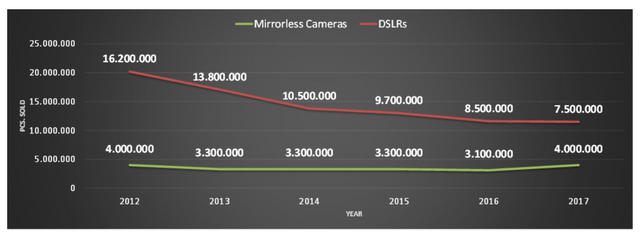
Looking at the most recent DxOMark ratings for cameras, there is no flagship Canon camera in the top 10. It really shows how much Canon has fallen in camera sensor tech compared to the competition. This rating is not biased against Canon at all. Many professional photographers have also ranted against recent Canon developments, so it's not some conspiracy to bring Canon down. It's probably Canon bringing itself down, yet it still dominates the market followed by Sony and Nikon. It just so happens Sony and Nikon have begun building better cameras than Canon and the sensors and quality have exceeded that of Canon's flagships. It is disappointing to see that the high end EOS 5D Mark IV scored only 91 and is not even in the Top 5. There was a time when Canon dominated the market in terms of price and quality before 2015.
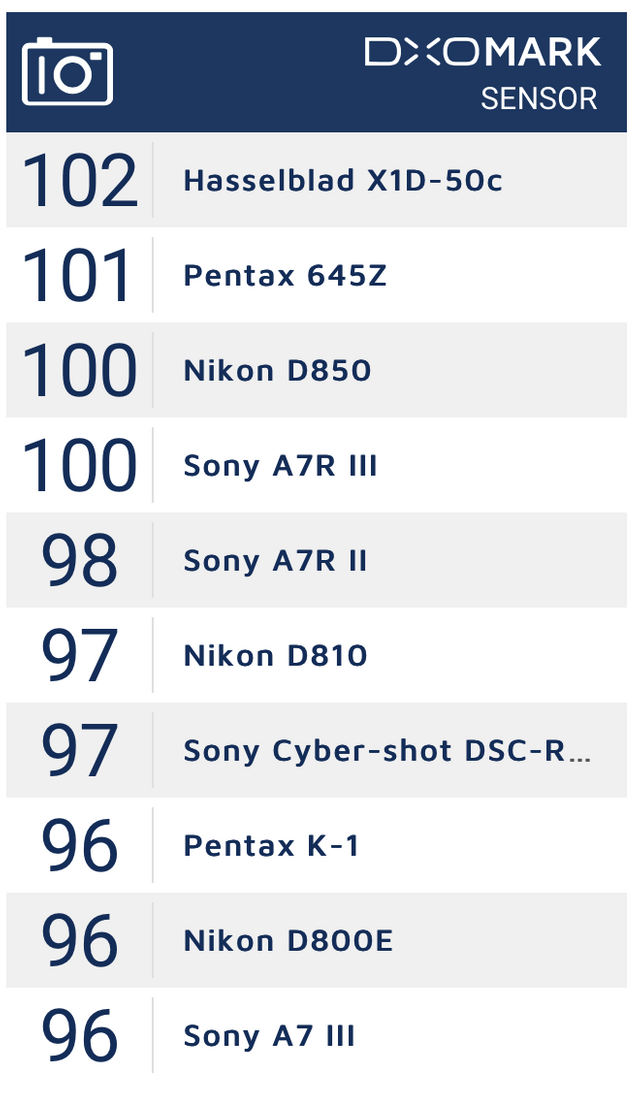
This is probably due to Canon's own conservative marketing which has led to a product segmentation of sorts. For example you cannot get all the best features in one Canon flagship nowadays (as of this writing). To shoot 4K you would need an EOS C200, but for high res stills you would need a 5Ds. To get LOG mode requires a 5D IV. Full frame shooters would want the 6D Mark II, but it won't offer the 5Ds high res. It's also made long time veteran shooters go back to Nikon because it has better dynamic range on a DSLR. That is why for first time shooters, although a Rebel Ti may be good, there are so many better options out there to explore. Though the mirrorless camera is getting better than DSLR in terms of quality, its overall growth has not really been that high of a demand. It has just slightly increased in 2017, but is expected to increase a little more. The further improvements in smartphone cameras appear to be just what consumers need, while mirrorless and DSLR are becoming more prosumer in many cases.
Another issue photographers have had with Canon is the lack of any revolutionary features since 2008 on their DSLR cameras. That was around the time of the release of the Canon 5D Mark II. The 5D Mark IV and the 6D Mark II that followed were also high end flagship cameras, but fell short on their promises. 6D Mark II has had many critics for its ISO performance and dynamic range. Falling short on delivering great technology has left Canon behind its competitors. The DxOMark ratings (as of June 2018) do not even list any Canon products among its top 5 for best sensors and lenses. This all points to a lack of innovation in their products. This was admitted by Chairman and CEO Fujio Mitarai in an interview with the Nikkei Asian Review. Canon must remain competitive, but in recent times have fallen behind the competition in DSLR camera technology.
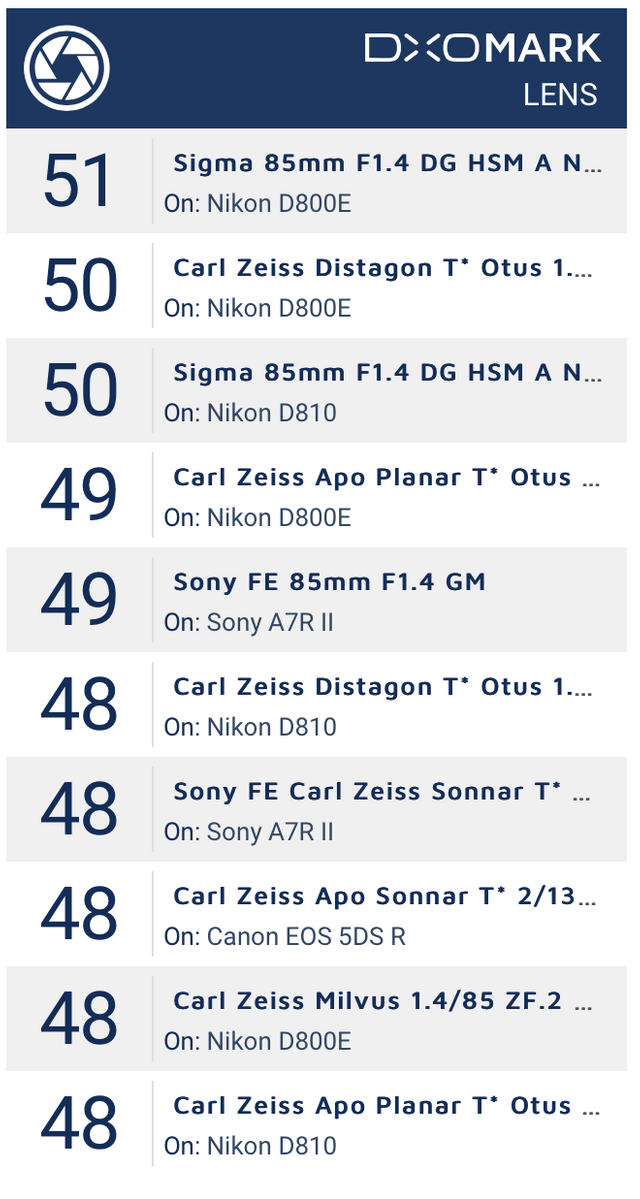
It appears Canon has the hardware suitable for some features that it did not make available. There have been hacks to prove this. An example would be the Canon EOS M camera which can shoot 2.5K raw video with Magic Lantern software. According to a report, “For the EOS M, the overclocking allows 70 MB/s of data to be written to a card instead of 40 MB/s. The result is that the EOS M can shoot 2520×1080 (2.5K), 5x zoom, 24 fps, 12 bit lossless compressed raw footage.” Magic Lantern was not developed by Canon at all. It is a third party open source software that installs along side the stock Canon firmware, without overwriting it. This is just an example of the type of innovation that had been lacking with Canon’s own software. They could have developed this software and made it available to their customers via download. The hardware is there, just not the software to unlock its features.
AI is another feature that Canon is exploring in order to keep up with today's trends. According to Kazutada Kobayashi, president and CEO of Canon India, camera-centric smartphones are giving the company a renewed push to come up with new cameras. The market is evolving with newer expectations from consumers with regards to the latest applications. Most photo apps run on smartphones in the age of social media. Smartphone cameras make use of advanced software that use AI to process images. With a smartphone, a user does not even need technical skills when AI in the phone's camera can enhance the image. One example of Canon's AI efforts is the 470EX-AI speedlite that uses what is called Auto Intelligent Bounce. Taking quality images now becomes even easier once digital cameras like DSLR's incorporate the software features found in smartphones.
It’s not all bad for Canon though. According to the BCN Camera Rankings 2018, Canon is still the leader in digital cameras with integrated lenses holding 27.9% of marketshare over Nikon's 25.5% and Casio's 17.2%. Canon also has 61.1% share of the DSLR market. The mirrorless camera market is another category Canon has delved into, but it is dominated by Olympus with Sony coming in after Canon in third place. Canon’s decline in sales don’t necessarily mean it is in bad shape, not like that at all. They are now producing and selling their camera sensors as of 2018 by offering three types, namely a 5MP global shutter CMOS, ultra-low-light Full HD CMOS, and the 120MP ultra-high-resolution CMOS monster. The latter is the most publicized boasting of RAW images up to 210 MB in size.
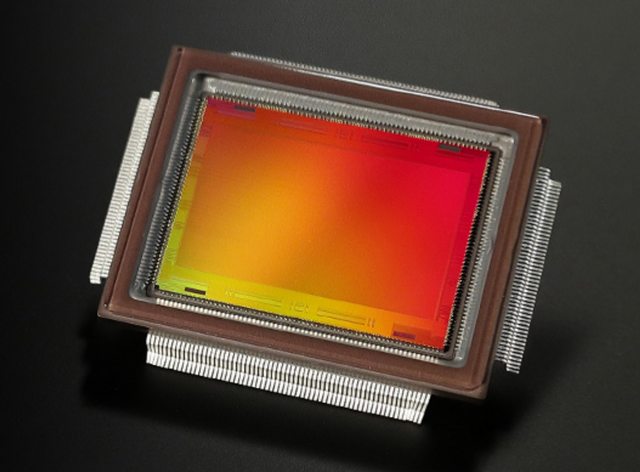
The DSLR camera market is in decline based on the numbers. It is not the focus of development since there are demands for newer technologies. Canon is a diverse company that provides different products and services. Aside from DSLR cameras, they also make scanners, printers, camera lenses and professional imaging devices that include video cameras used in broadcasting and filmmaking. Those bring even bigger revenues for Canon, so it is not solely dependent on its DSLR camera division. Canon also will be selling CMOS sensors, which will be seen as a huge market. CMOS sensors are used extensively in consumer electronic products like smartphones, industrial robots and also for applications in the automotive sector. The development of driverless cars requires high end cameras that require high end sensors for imaging. Canon has also been doing much better financially from 2016. 2017 was a much better year for them in terms of overall revenues. Canon is still the best in the industry when it comes to consumer choice DSLR cameras and imaging systems. Developing more cutting edge technology will remain a primary focus so with more innovation will come better products to boost revenues.
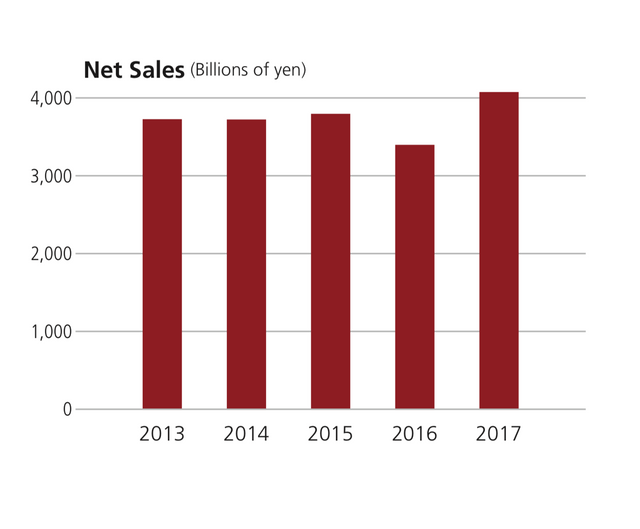
Canon will always be relevant in photography. It is about creating the images, and Canon is the expert in camera and imaging devices. The times are changing though and there are new demands and expectations from consumers that impact the market. More consumers are moving away from digital cameras like DSLR and more towards smartpthone cameras. Since a smartphone is more of a commodity to own, integrating a camera with it has made it all the more ideal for taking photos. Smartphone manufacturers have also incorporated features that make it not only convenient to take photos, but also enhances the quality of the image. AI features make taking photos much better even for non-professional users. Digital cameras are becoming more prosumer devices, but the market is still there. It just needs more innovation to deliver products that have features in demand.
FURTHER READING:
Canon CEO Admits Problems
https://asia.nikkei.com/Business/Companies/Time-to-think-outside-the-camera-box-Canon-chief-argues?page=1
Photographer on Canon Woes
https://petapixel.com/2017/09/12/dear-canon-happened-innovation/
Decline in DSLR Sales
http://blog.planet5d.com/2017/07/dslr-sales-down-nobody-is-buying-cameras-any-more/
CIPA Shipment Reports
https://photorumors.com/2018/02/01/the-2017-cipa-camera-shipment-report-is-out/
BCN Camera Rankings
https://www.dpreview.com/news/0966656912/2018-japan-bcn-camera-rankings-canon-dominates-dslrs-tops-sony-in-mirrorless
Canon To Sell Sensors
http://www.divephotoguide.com/underwater-photography-scuba-ocean-news/canon-officially-enters-sensor-business/
Hacking the features in Canon’s cameras
https://petapixel.com/2018/05/18/the-original-canon-eos-m-can-shoot-2-5k-raw-video-with-magic-lantern/